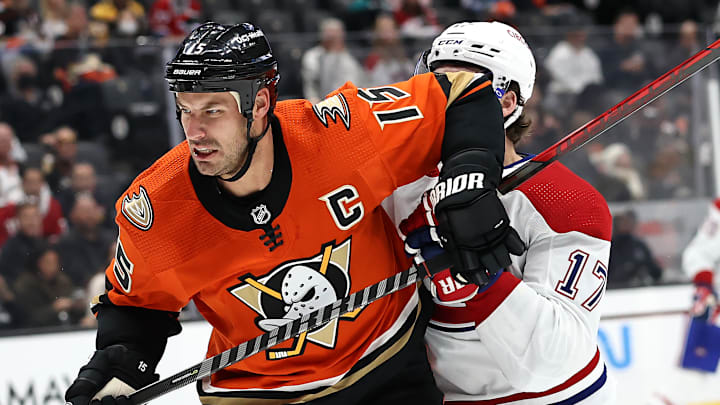Elbowing is one of the most dangerous plays in hockey. When a player gets an elbowing penalty, it usually means that there was a vicious hit to their opponent's head.
There was a dangerous uptick in elbows to the head at the end of the 2000s and beginning of the 2010s, but the continued knowledge about head injuries has taken alot of those dirty plays out of the game. Unfortunately, there are still some elbows, including Brendan Gallagher's scary hit on Adam Pelech this past season.
The NHL Rulebook states elbowing as " the use of an extended elbow in a manner that may or may not cause injury." A minor, major, or match penalty can be assessed, with a major usually coming if a player is injured, and a match if the player who made the hit looks to be intentionally injuring their opponent. Gallagher's hit resulted in a match penalty and a five-game suspension.
Plenty of NHL fans believed that Gallagher should have gotten a stiffer penalty. The intent for Gallagher was clear when looking at the videos, and there was even a miniscule section of the Canadiens fanbase that tried to defend his actions.
The hit by Gallagher is something that we are trying to take out of the game, and his reluctance to care about his opponent's safety was concerning, to say the least.
